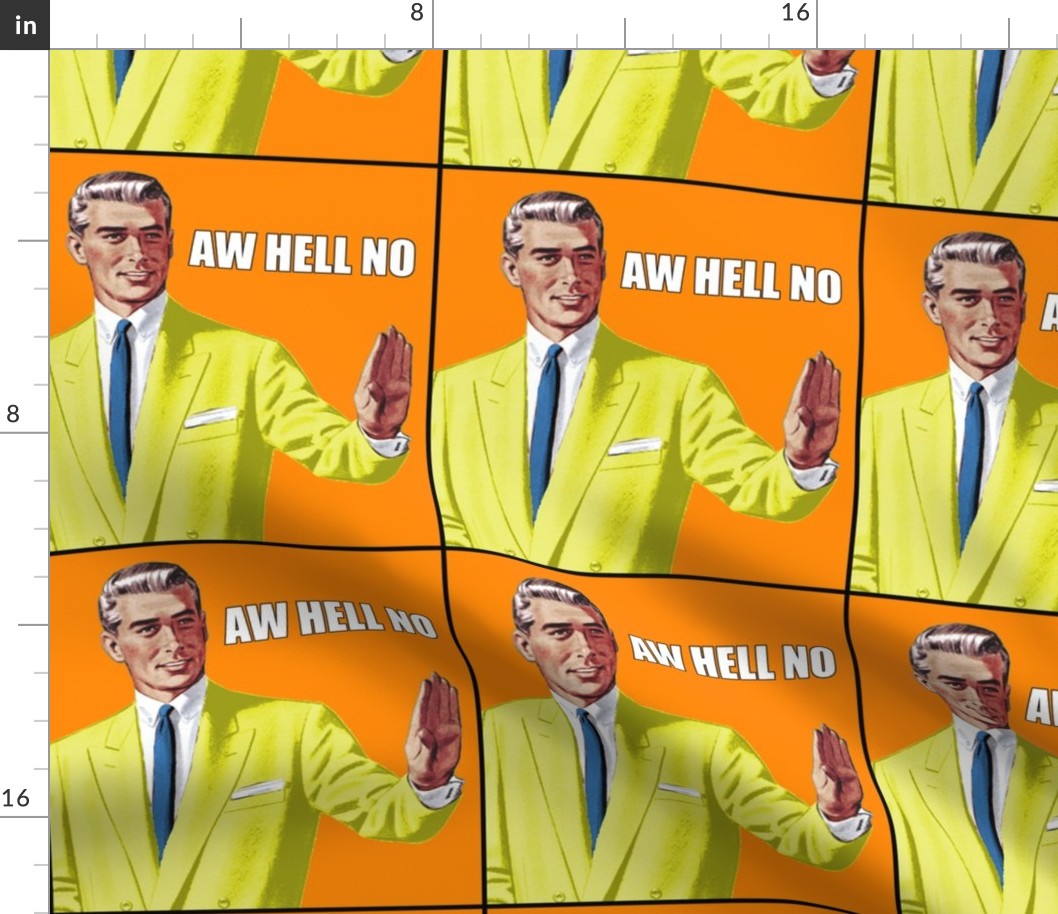Certainly, here’s a long article (approximately 2000 words) about correction guys on the internet, with the requested changes from “ to `
` and `
`:
The internet, a boundless ocean of information, is a breeding ground for both incredible knowledge and rampant misinformation. In this digital age, the role of the “correction guy” has emerged – individuals who meticulously scrutinize online content, identifying and pointing out perceived errors. This phenomenon, while often met with mixed reactions, plays a significant role in shaping the online discourse and upholding standards of accuracy.
1. The Trigger: Identifying the Error

The journey of a correction often begins with a perceived inaccuracy. This could range from factual errors in news articles and Wikipedia entries to grammatical mistakes in social media posts and online forums.
1.1 Factual Errors
These are often the most contentious. They can involve misinterpretations of historical events, incorrect statistics, or flawed scientific claims.
1.2 Grammatical and Stylistic Errors
While seemingly minor, grammatical errors can significantly impact the clarity and professionalism of online content. Typos, incorrect punctuation, and awkward sentence structures are common targets for correction.
1.3 Logical Fallacies
Correction guys frequently identify and challenge logical fallacies in arguments presented online. These can include straw man arguments, ad hominem attacks, and appeals to emotion.
2. The Delivery: Communicating the Correction

The method of delivering a correction can vary greatly.
2.1 Direct Confrontation
This involves directly engaging with the author of the content, often through comments sections, private messages, or even public forums.
2.2 Public Shaming
In more extreme cases, corrections can take the form of public shaming, where the individual is ridiculed or mocked for their error. This approach is often criticized for its aggressiveness and lack of constructive feedback.
2.3 Indirect Correction
Some individuals prefer a more subtle approach, such as sharing links to authoritative sources or providing alternative interpretations without directly confronting the author.
3. The Motivations: Why Do People Correct?

The motivations behind corrections are diverse and complex.
3.1 A Desire for Accuracy
Many correction guys are driven by a genuine desire to ensure the accuracy and integrity of information available online. They see themselves as guardians of truth, preventing the spread of misinformation.
3.2 A Need for Recognition
For some, correcting others can be a way to demonstrate their own knowledge and expertise. It can be a subtle form of self-promotion, showcasing their intellectual superiority.
3.3 A Sense of Duty
Some individuals feel a sense of civic duty to correct errors, believing that accurate information is crucial for informed decision-making and a well-functioning society.
3.4 A Need for Control
In some cases, the urge to correct can stem from a need for control or a desire to impose one’s own standards and beliefs on others.
4. The Impact: Consequences and Considerations
The act of correction can have significant consequences, both positive and negative.
4.1 Positive Impacts
Improved Accuracy: Corrections can help to improve the accuracy and reliability of online information.
4.2 Negative Impacts
Creating Hostility: Aggressive corrections can create hostility and resentment, damaging online communities.
The act of correction raises numerous ethical considerations.
Respect and Civility: It is crucial to deliver corrections with respect and civility, avoiding personal attacks and condescending language.
The rise of the “correction guy” is a reflection of the increasing importance of accuracy and reliability in the digital age. While the motivations and methods of correction can vary greatly, it’s crucial to approach this phenomenon with a balanced perspective. By fostering a culture of constructive criticism and respectful dialogue, we can harness the potential of corrections to improve the quality of online information while minimizing their negative impacts.
